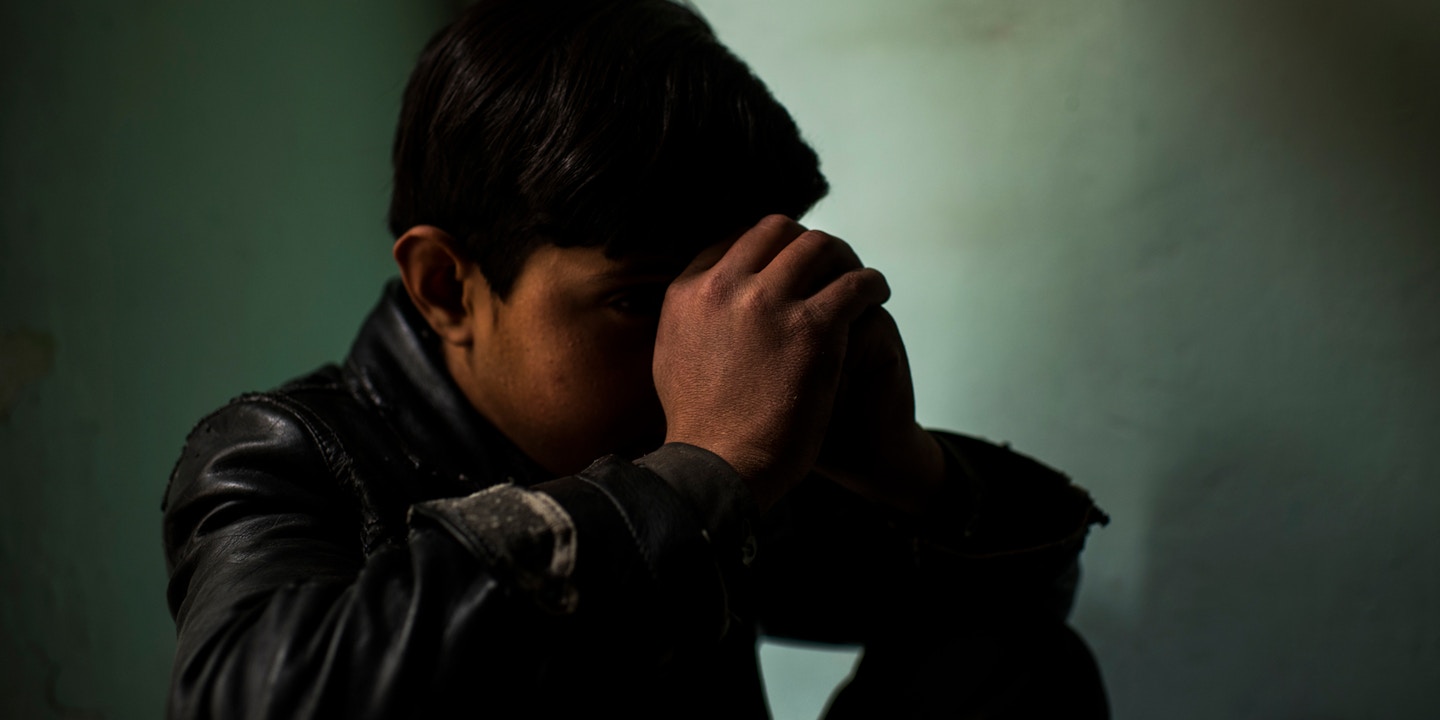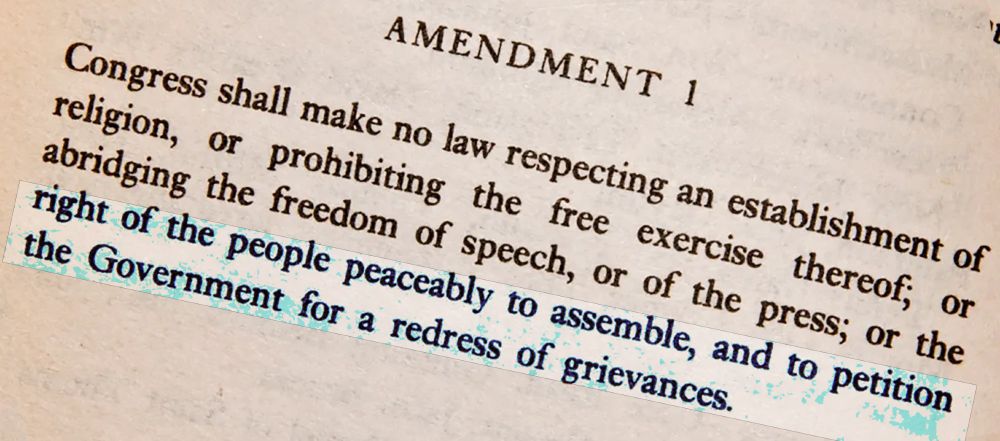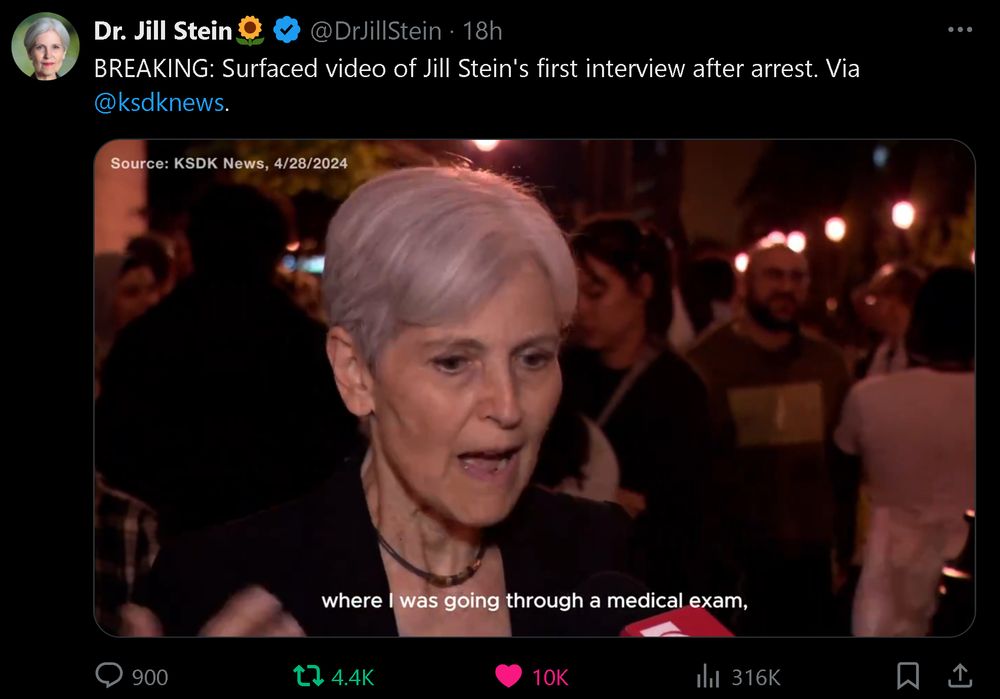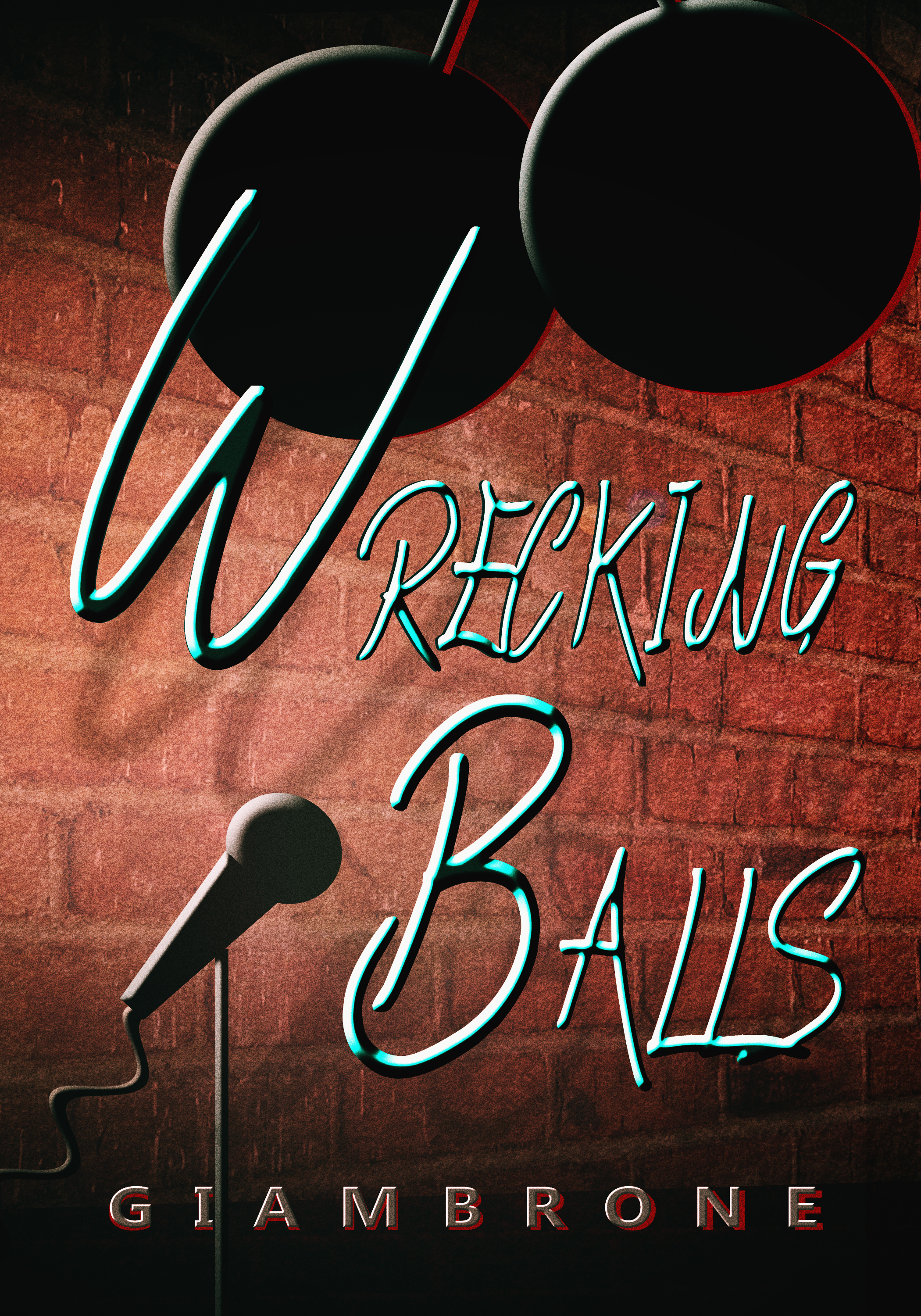Posts Tagged ‘Central Intelligence Agency’
Another Cover-Up: CIA Protects Pedophiles
Posted: December 18, 2021 in -Tags: Central Intelligence Agency, CIA, cover up, crimes, criminal state, intelligence, Jimmy Dore, kakistocracy, lawlessness, pedophilia, State Secrets
Empire Files Has a New Home
Posted: August 14, 2021 in -Tags: Abby Martin, Afghanistan, atrocities, Central Intelligence Agency, CIA, civilians, death squads, Empire Files, executions, mass murder, murder, war crimes
What the CIA does
Posted: December 19, 2020 in -Tags: accomplices, Afghanistan, Central Intelligence Agency, children, CIA, militia, war crimes


THE CIA’S AFGHAN DEATH SQUADS
U.S.-Backed Militia That Kills Children May Be America’s Exit Strategy
EDITOR’S NOTE:
PFB was founded about 12 years ago mainly as a searchable depository of news stories that are buried and ignored by the imperial/corporatist media establishment. Holding the CIA accountable is not possible in this political climate. This is a horror-filled dark age, and this site stores some of the evidence to show it.
Trump Stuffs CIA Crowd Like Studio Audience
Posted: January 23, 2017 in -Tags: applause, Central Intelligence Agency, CIA, Donald Trump, fake crowd, fake press event, resistance

Trump’s CIA visit made relations with intel community worse
Authorities are also pushing back against the perception that the CIA workforce was cheering for the president. They say the first three rows in front of the president were largely made up of supporters of Mr. Trump’s campaign.
An official with knowledge of the make-up of the crowd says that there were about 40 people who’d been invited by the Trump, Mike Pence and Rep. Mike Pompeo teams. The Trump team expected Rep. Pompeo, R-Kansas, to be sworn in during the event as the next CIA director, but the vote to confirm him was delayed on Friday by Senate Democrats. Also sitting in the first several rows in front of the president was the CIA’s senior leadership, which was not cheering the remarks.
I suspected that Donald’s proclamations of healing all those rifts was a bit premature. The CIA brass is firmly against him, and the clapping was from his own people.
Understanding the CIA
Posted: December 25, 2016 in -, Doug ValentineTags: "War on Terror", Central Intelligence Agency, CIA, criminal syndicate, impunity, media corruption, NY Times, Project Mockingbird, torture, Viet Nam, war crimes

Original:
How I Came to Understand the CIA
I’ve been researching the CIA for over 30 years and I’ve interviewed over 100 CIA officers. So naturally, people often wonder how I prepare myself. In one of the interviews that’s included in my new book, James Tracy asked me how I know where to look for information that’s pertinent to a given story.
I told James that’s it’s complicated, that my experience is different from most other CIA researchers and writers. I didn’t follow the usual career course. I didn’t go to the Columbia School of Journalism. I’m a college dropout who climbed trees for a living for ten years. But I did want to be a writer, and my philosophy of life is based on the study of language and literary criticism. I take a very broad approach. When I went to college, I studied Greek and Roman literature, read the Norton anthologies of English and American literature, and took courses in classical myth and the Bible.
Very early in my studies I was introduced literary critics like Robert Graves, poet and author of The White Goddess, and Sir James Fraser who wrote The Golden Bough. Fraser brought a socio-anthropological way of looking at the world of literature. That led me to Mircea Eliade, Carl Jung, Eric Newman, Northrop Frye and a few other people who approached literature from a variety of different perspectives – psychological, political, anthropological, sociological, historical, philosophical. All those things were of interest to me. So when I look at a subject, I look at it comprehensively from all those different points of view, plus my blue collar, working class perspective.
Literary criticism teaches the power of symbolic transformation, of processing experience into ideas, into meaning. To be a Madison Avenue adman, one must understand how to use symbols and myths to sell commodities. Admen use logos and slogans, and so do political propagandists. Left or right; doesn’t matter. The left is as adept at branding as the right. To be a speech writer or public relations consultant one must, above all, understand the archetypal power of the myth of the hero. That way you can transform Joe the Plumber, or even a mass murdering politician, into a national hero.
When I decided to research and write about the CIA’s Phoenix program, that was how I thought about it. I went directly to William Colby, who’d been Director of the Central Intelligence Agency. I didn’t know enough to be intimidated, it was just the smart thing to do. Colby was the person most associated with Phoenix, the controversial CIA “assassination” program that resulted in the death of tens of thousands of civilians during the Vietnam War. No one had written a book about it, so I wrote Colby a letter and sent him my first book, The Hotel Tacloban, which is about my father’s experiences in combat and as a POW in World War Two.
Tacloban was key to unlocking the CIA’s door, for two reasons. First, it demonstrated that I understood what it means to be a soldier, which was essential in terms of winning the trust of CIA officers, most of whom think of themselves as soldiers. The CIA is set up like a military organization with a sacred chain of command. Somebody tells you what to do and you salute and do it. Colby himself had parachuted behind enemy lines in France during World War Two.
On a deeper level, Tacloban showed that I could bridge the “man” gap that divided my frag-happy, draft-dodging generation from Colby’s “saved the world for freedom and democracy” generation. I felt that “father-son” dynamic with Colby and several of the senior spooks he referred me to. Some of them even acknowledged that I was attempting to reconcile with them in a way their own sons never had.
So I told Colby I wanted to write a book that would de-mystify the Phoenix program, and he was all for that. Colby liked my approach – to look at it from all these different points of view – so he got behind me and introduced me to a lot of senior CIA people. And that gave me access from the inside. After that it was easy. I have good interview skills. I was able to persuade a lot of these CIA people to talk about Phoenix. I approached it from an organizational point of view, which is essential when writing about bureaucracies like the CIA or the DEA. You have to understand them as a bureaucracy, that they have an historical arc. They begin somewhere, they have a Congressional mandate, they have a purpose, and organizational and management structures. And in that regard I really lucked out. One of the first people I interviewed was the CIA officer, Nelson Brickham, who organized the Phoenix program in 1967 in Saigon. Brickham graduated magna cum laude from Yale and was something of an organizational genius. He explained to me how he organized Phoenix. He also explained the different divisions and branches of the CIA so I’d be able to understand it. All of that went into my book The Phoenix Program.
So I lucked out. Through Colby I had access to the CIA people who created the Phoenix program and its various components. I was able to find out what was on their minds and why they did what they did. That never would have happened if I had gone to the Columbia School of Journalism, or if I’d been working for mainstream media editors for many years. I’d have had a much narrower way of going about the thing. But the CIA officers I spoke with loved the broad view that I was bringing to the subject. They liked me asking them about their philosophy. It enabled me to understand the subject comprehensively. I related to them on a very personal level, and when the book came, they reeled. Colby was furious.
So the New York Times killed the book in its cradle. As Guillermo Jiminez noted in one of our interviews, the book didn’t take off until Open Road Media republished it 25 years later as part of their Forbidden Bookshelf series. Guillermo asked me why my book was chosen for the series, why there was new-found interest in Phoenix, and what the CIA is up to, generally, nowadays.
As I explained, when the book came out in 1990, it got a terrible review in The New York Times. Morley Safer, who’d been a reporter in Vietnam, wrote the review. Safer and the Times killed the book because in it I said Phoenix never would have succeeded if the reporters in Vietnam hadn’t covered for the CIA.
Several senior CIA officers told me the same thing, that some correspondent “was always in my office. He’d bring a bottle of scotch and I’d tell him what was going on.” The celebrity reporters knew what was going on, but they didn’t report about it in exchange for having access.
I said that in the book specifically about The New York Times. I said, “When it comes to the CIA and the press, one hand washes the other. To have access to informed officials, reporters frequently suppress or distort stories. In return, CIA officials leak stories to reporters to whom they owe favors.” I told how, at its most incestuous, reporters and government officials are related. I cited the example of Charles LeMoyne, a Navy officer who ran the CIA’s counter-terror teams for a year in the Delta, and his New York Times correspondent brother James. I said that if Ed Lansdale hadn’t had Joseph Alsop to print his black propaganda in the US, there probably would have been no Vietnam War.
So I not only got the CIA mad at me, I also got the Vietnam press corps angry at me too. Between those two things, the book did not get off to an auspicious start. The Times gave Safer half a page to write his review, which was bizarre. The usual response is just to ignore a book like The Phoenix Program. But The Times Book Review section serves a larger function; it teaches the media elite and “intelligentsia” what to think and how to say it. So Safer said my book was incoherent, because it unraveled the bureaucratic networks that conceal the contradictions between stated CIA policy and operational reality. It exposed Colby as a liar. Safer was upset that I didn’t portray his buddy, Bill Colby, as a symbol of the ruling elite, as a modern-day Odysseus.
Safer vented his professional hatred for me when he wrote the half page review in The New York Times that killed my book in its cradle. [1] And, at the time, I wasn’t surprised that the Times employed Safer to assassinate my book. But I was totally unaware of the personal basis for his animosity.
At the time of the review (October 1990), I thought Safer hated me primarily for accusing the press corps of covering up CIA war crimes. I thought he did it for pecuniary reasons too; Safer’s grandiose and self-congratulatory book on Vietnam had come out a few months before mine. I wrote the Times editor about that conflict, but of course never heard back. And I didn’t have another book published for 14 years.
It wasn’t until 25 years later that I found out that Safer owed William Colby a favor. Safer revealed his incestuous relationship with Colby for the first time at the American Experience conference in 2010. [2]
“I got a call to come and see [Colby] in his office,” Safer explained. “And I walked in – and I had met him; we had no strong relationship at all – but – and [Colby] said, ‘Look, can you disappear for three days?’
(Laughter.) And I said, ‘I guess.’ (Laughter.) And he said, ‘Well, be at the airport – be at (inaudible) at the airport tomorrow morning at 5:30.’”
Bernard Kalb, the moderator, asked Safer if Colby wanted him to bring along a camera crew.
“No, no,” Safer replied. “And I showed up and [Colby] said, ‘Okay, here are the rules. You can see that I’m going on a tour of all the stations. You can’t take notes and you can’t report anything you hear.’ And I spent three days first of all, down in the Delta and they were really, really revealing. There was only one meeting that he would ask me to leave the barracks. And it was fascinating because the stuff that these guys were reporting through whatever filters to you had been so doctored by the time it got to you – I mean, to this day, I still feel constrained in terms of talking about.”
So, Colby introduced Safer to all the top CIA officers in Vietnam. He introduced him to the guys who ran the interrogation/torture centers and the counterterrorism teams. Safer got to see how the CIA crime syndicate was organized and operated. And like Don Corleone dispensing favors in The Godfather, Colby knew that one day Safer would be obligated to return it. Colby, of course, hated me more than Safer did.
That is how the CIA, as the organized crime branch of the US government, functions like the Mafia through its old boy network of complicit media hacks.
Luckily, with the Internet revolution, people aren’t bound by The Times and network news hacks like Safer anymore. They can listen to Russia Today or tune in to Counterpunch and get another side of the story. So Mark Crispin Miller at Open Road chose The Phoenix Program to be the first book they published. And it’s been reborn. Thanks to the advent of the e-book, we’ve reached an audience of concerned and knowledgeable people in a way that wasn’t possible 25 years ago.
It’s also because of these Internet developments that John Brennan, the current director of CIA, thought of reorganizing the CIA into “centers” that have their origin in the Phoenix program. Phoenix is the template for the war on terror and the homeland security boondoggle.
All these things are connected. It’s a vastly different world than it was in 1947 when the CIA was created, or in 1967 when the CIA created the Phoenix program, or in 1990 when my book came out. The nature of the American empire has changed, and what the empire needs from the CIA has changed. The CIA is allocated about $30 billion a year, so the organizational changes are massive undertakings.
If you want to understand the CIA, you have to understand how it’s organized and how it relates to the press and every other thing that’s going on. And that’s what I try to explain in my new book.
Notes.
[1] Behind the scenes, the CIA was doing it’s best to prevent Valentine from completing his research. Valentine found out the CIA was keeping a file on him and, through the ACLU, sued the CIA in federal court. Here’s the link to the documents that were released to Valentine in 1993.
[2] US Department of State, Media Roundtable Discussion, The American Experience in Southeast Asia, 1946-1975, 29 September 2010.
Real History: CIA Drug Smuggling
Posted: December 16, 2016 in -, Doug ValentineTags: BNDD, Central Intelligence Agency, CIA, cocaine, cover up, dea, drug smuggling, felony, GOVERNMENT CONSPIRACY, heroin, OFFICIAL DRUG RUNNING, Real History, SIO, SOD

Creating a Crime: How the CIA Commandeered the DEA
By Doug Valentine
Original at Counterpunch
The outlawing of narcotic drugs at the start of the Twentieth Century, the turning of the matter from public health to social control, coincided with American’s imperial Open Door policy and the belief that the government had an obligation to American industrialists to create markets in every nation in the world, whether those nations liked it or not.
Civic institutions, like public education, were required to sanctify this policy, while “security” bureaucracies were established to ensure the citizenry conformed to the state ideology. Secret services, both public and private, were likewise established to promote the expansion of private American economic interests overseas.
It takes a book to explain the economic foundations of the war on drugs, and the reasons behind the regulation of the medical, pharmaceutical and drug manufacturers industries. Suffice it to say that by 1943, the nations of the “free world” were relying on America for their opium derivatives, under the guardianship of Harry Anslinger, the Commissioner of the Federal Bureau of Narcotics (FBN).
Narcotic drugs are a strategic resource, and when Anslinger learned that Peru had built a cocaine factory, he and the Board of Economic Warfare confiscated its product before it could be sold to Germany or Japan. In another instance, Anslinger and his counterpart at the State Department prevented a drug manufacturer in Argentina from selling drugs to Germany.
At the same time, according to Douglas Clark Kinder and William O. Walker III in their article, “Stable Force In a Storm: Harry J. Anslinger and United States Narcotic Policy, 1930-1962,” Anslinger permitted “an American company to ship drugs to Southeast Asia despite receiving intelligence reports that French authorities were permitting opiate smuggling into China and collaborating with Japanese drug traffickers.”
Federal drug law enforcement’s relationship with the espionage establishment matured with the creation of CIA’s predecessor organization, the Office of Strategic Services. Prior to the Second World War, the FBN was the government agency most adept at conducting covert operations at home and abroad. As a result, OSS chief William Donovan asked Anslinger to provide seasoned FBN agents to help organize the OSS and train its agents to work undercover, avoid security forces in hostile nations, manage agent networks, and engage in sabotage and subversion.
The relationship expanded during the war, when FBN executives and agents worked with OSS scientists in domestic “truth drug” experiments involving marijuana. The “extra-legal” nature of the relationship continued after the war: when the CIA decided to test LSD on unsuspecting American citizens, FBN agents were chosen to operate the safehouses where the experiments were conducted.
The relationship was formalized overseas in 1951, when Agent Charlie Siragusa opened an office in Rome and began to develop the FBN’s foreign operations. In the 1950s, FBN agents posted overseas spent half their time doing “favors” for the CIA, such as investigating diversions of strategic materials behind the Iron Curtain. A handful of FBN agents were actually recruited into the CIA while maintaining their FBN credentials as cover.
Officially, FBN agents set limits. Siragusa, for example, claimed to object when the CIA asked him to mount a “controlled delivery” into the U.S. as a way of identifying the American members of a smuggling ring with Communist affiliations.
As Siragusa said, “The FBN could never knowingly allow two pounds of heroin to be delivered into the United States and be pushed to Mafia customers in the New York City area, even if in the long run we could seize a bigger haul.” [For citations to this and other quotations/interviews, as well as documents, please refer to the author’s books, The Strength of the Wolf: The Secret History of America’s War on Drugs (Verso 2004) and The Strength of the Pack: The Personalities, Politics, and Espionage Intrigues that Shaped the DEA (TrineDay 2009). See also www.douglasvalentine.com]
55 years to get to the truth…
Posted: August 7, 2016 in -Tags: assassination, Central Intelligence Agency, CIA, conspiracy, cover up, crimes, Dag Hammarskjold, documents, murder, plane, South Africa

Gullible, ignorant people annoy me greatly. This is how it works in the real world: you cover up your crimes (conspiracies) for as long as possible until no one cares anymore, say 55 years, but of course it was a crime, murder, assassination, all along from day one…
Apartheid SA Killed UN Secretary General
Dag Hammarskjold may have been killed by South African agents backed by the CIA
CIA Heroin Smuggling, Busted
Posted: September 13, 2014 in -Tags: Air America, aircraft, Austraila, bust, Central Intelligence Agency, CIA, cocaine, drugs, Forest Service, heroin, ownership, sheep dipping, smuggling
Hopsicker again:
CIA Plane in Big Aussie-American Heroin Bust
Ask yourself why this never, ever, ever appears on US television? Not in the mainstream propaganda rags either, for the most part. Any mention in NY Times? Washington Post? Fucking Time Magazine? You must be joking.
Everyone in politics and in journalism KNOWS this has been going on since Vietnam. They get caught repeatedly, and it is covered-up repeatedly. Many books have been written by insiders. And it goes on…
CIA in Ukraine, Venezuela, Cuba…
Posted: April 14, 2014 in -Tags: black operations, Central Intelligence Agency, CIA, coups, cuba, foreign governments, foreign policy, infiltration, manipulation, movements, Ukraine, undercover, Venezuela

CIA Director Held ‘Secret Consultations’ in Kiev
“CIA director John Brennan had a secret meeting with Ukrainian officials in Kiev before they began operations against separatist forces that had taken over buildings in the country’s east.”
CIA Role Behind the Anti-Government Protests in Venezuela
She has toured a series of countries in the world where very similar situations have occurred, like what she tried to do in Venezuela. And when you analyze Venezuela, and what has happened nowadays and the way in which she has acted, I think that in Venezuela, the characteristic that has been that they are tremendously aggressive in the manipulation of the information. Tremendously aggressive. To the point where you say it’s a blunder, because there are images which are so obviously not from Venezuela. I saw a very famous one, in which a soldier appears with a journalist, with a camera.They are Koreans. It’s an image from Korea. They’re Asian. They don’t look like Venezuelans at all. Also, the uniforms they wear. They’ve been very aggressive with that image which has projected what’s going on in Venezuela to the world. The greater part of the world’s people, this image is the one they’re seeing, of what they’re trying to say.
Free Film: Counter-Intelligence
Posted: June 19, 2013 in -Tags: agency, Central Intelligence Agency, CIA, company, covert, documentary, free film, history, operations, OSS
Extensive documentary on the creation of the Central Intelligence Agency:
Part 1: The Company
Part 2: The Deep State
Part 3: The Strategy of Tension
Part 4: Necrophilous
Part 5 – Drone Nation
Part one alone is a priceless education on the history of ‘the company.’ More mind blowing stuff at Metanoia Films.



































